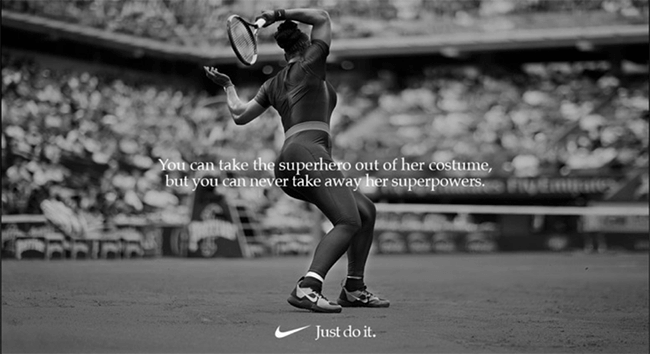Ad Campaigns Worth Learning From – The Case Of Gillette Vs Nike
By now you’ve almost certainly seen the Gillette Ad. You know, the one about “toxic masculinity”.
Yes the one that has 29-million+ views in just a couple of months. The one with over 1.4-million dislikes (and counting) and a ton of controversy about the deleting of comments, removal of dislikes and the censoring of online voices.
The one that is now the 3rd most disliked video on YouTube ever.
It’s a bold title that few marketers would like to claim they own.
Here’s a breakdown on the storytelling differences between Gillette and Nike – and why one lifted sales by $6-billion and the other, well, is the #3 most disliked video of all-time.
Understanding storytelling
As every marketer knows, storytelling is at the heart of what we do. It is a part of every human’s “DNA”. We identify with stories, the Hero’s Journey (as written about by Joseph Campbell), and to connect with others in a meaningful way.
Unfortunately with the advent of social media, the hyper-connectivity of our world, and the endless distractions we all face, connecting with your consumer for more than a few moments is becoming tougher and tougher to do.
Which is why storytelling becomes all that more important.
Storytelling is (or at least should be) at the core of what you do as a marketer. Yes, the attention economy is important to understand. And yes, you need to have data-driven decisions, target demographics and the like.
But your core vision should be standard in all of your marketing messages.
This is the core of the Visiconomy – and is how great brands share their story across multiple forms of media.
The Visiconomy is:
- Your ability to share your vision of the world (your industry, your category) to your audience
- Told in your unique way
- That aligns with your product or service
Thus a company like Nike might share stories of how people “Just Do It” despite all of the odds. Despite pressure. Despite their circumstances. Despite ________ ← you can insert the obstacle here.
The one thing that Nike has not done is Virtue Signal on trending topics just because they’re trendy. While trends are extremely important to connect with, jumping onto a trend just because it’s hot can break a great storytelling campaign.
Virtue signalling
When Nike shared social media and ad campaigns about the Serena Williams Catsuit ban at the French Open they jumped on a hot trending topic.
“Should women be allowed to wear such an outfit”
“Did the Chairman have any right to ban Serena”
“What does this say about tennis, about the game, about women”
On and on the comments went. Nike recognized that this was a hot topic worth of tapping into.
And they did this with the Visiconomy in the right way – ensuring that any comment they were going to share about this incident, this story, would be 100% in-line with their brand.
The result was the following social media tweet – which inspired 100’s of thousands of new followers:

What did they do right?
They commented on the trending topic in a way that was core to their brand.
They made a statement that aligned with what they believed in. It was 100% in-line with their decades long campaign – to “Just Do It”.
As another – very different example of Nike’s persistence to their core vision you can watch this ad that can inspire anyone to find their greatness.

Compare this with the Gillette ad. A topic is heavily trending on social. There’s a movement towards something new. Gillette jumps on the trend, but misses the mark completely.
Here are just a few of the do’s and don’ts between the two:
Nike:
- Do tap into trending topics that align with your brand
- Do leverage your core story to deliver a message that inspires and connects
- Do look for opportunity to share your story
Gillette:
- Don’t tap into trending topics that do not align with your brand
- Don’t bash, negatively comment, accuse or infer that your customers are bad people (this never works)
- Don’t tap into a trending topic just because it’s trending – there are many opportunities to leverage social / media / trends
Telling your story in the right way
Leveraging the Visiconomy is simple in premise. Again, the idea is straightforward. Share your vision of what the world looks like, your core purpose, your core belief, in a way that inspires others.
Leveraging your story is a the core of all storytelling, thought leadership and PR. It’s at the core of what we do as humans, and the core of what we do at Byte Media Group with all clients in the tech space that we work in.
Nike has successfully done this time and time again. Regardless of the position you take to many of their ads, they’ve successfully increased sales, inspired followers, and connected with customers over and over again.
Since their Colin Kaepernick Ad sales, as an example were $6-billion, and Nike’s stock hit an all time high.
Compare this with Gillette, who’s sales are unknown (they’re a part of the P&G brand) but who’ve hit an all-time high, reaching the 3rd most disliked video on the internet.
I know which position I’d rather be in.
But then again, I believe that the best brands create economic value storytelling in a way that aligns to their purpose. What do you believe?
